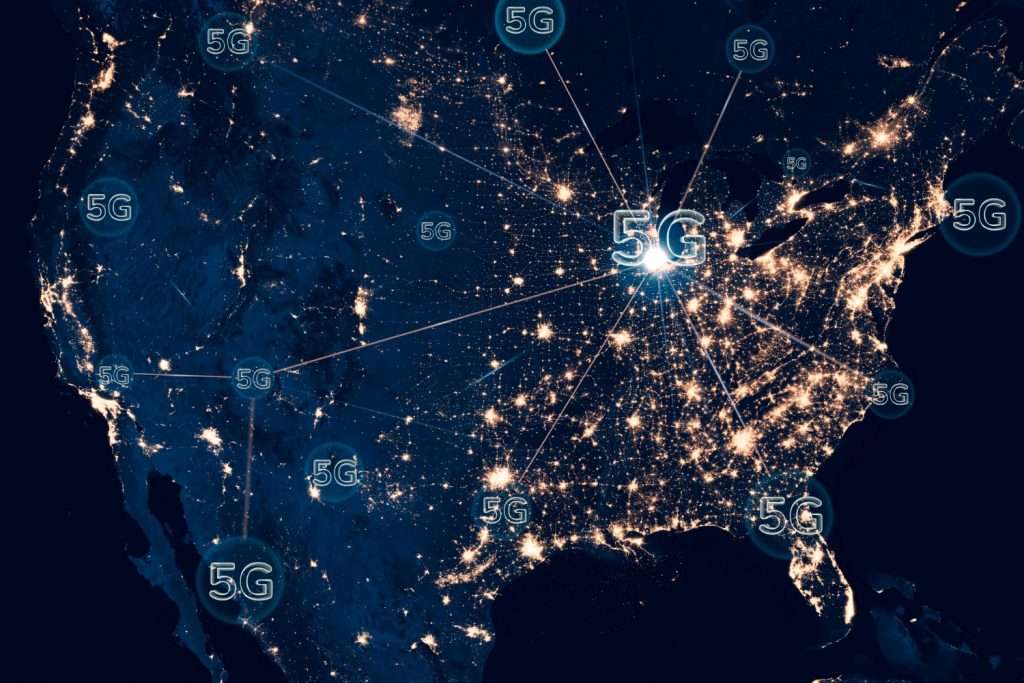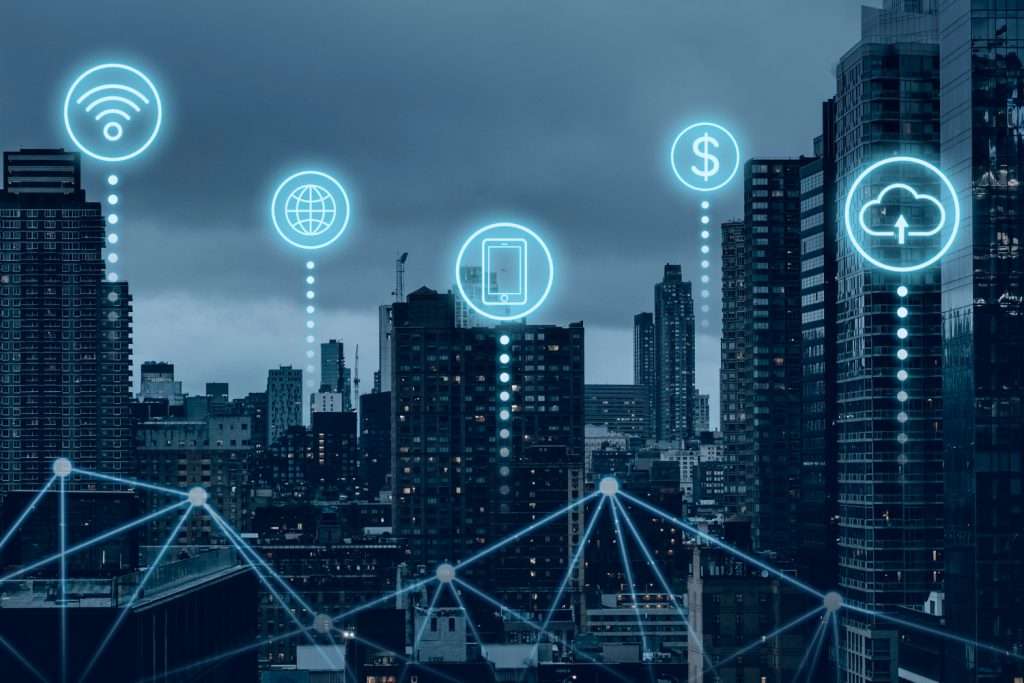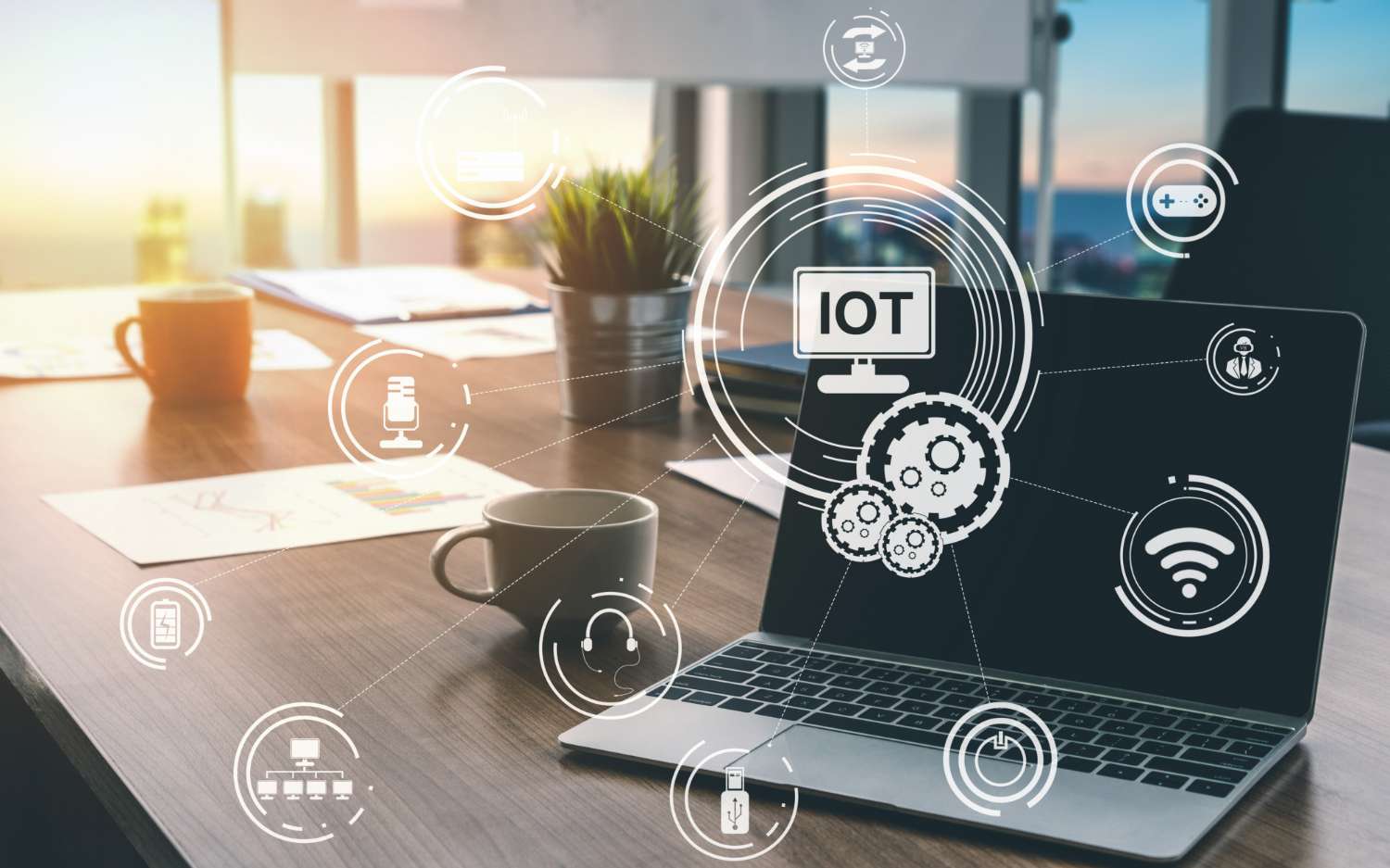The growth of the Internet of Things and embedded and wearable devices—will have widespread and beneficial effects by 2025. In all of these exponentially-growing technologies — artificial intelligence, robotics, nanomaterials, biotech, bioinformatics, quantum computing, Internet of everything — these files that are going to transform everything we have. Digital technologies such as mobile, social media, smartphones, big data, predictive analytics, and cloud, among others are fundamentally different than the preceding IT-based technologies. Newer technologies touch the customers directly and in that interaction create a source of digital difference that matters to value and revenue. We call that source a digital edge.
According to Cisco, currently there are 10 billion things – phones, PCs, things – connected to the Internet. That is merely 600ths of one percent of the actual devices and things that exist right now. There are over one trillion devices out there right this very minute that are not talking to the Internet – but soon enough they will be. Some 6.4 billion connected “things” will be in use worldwide in 2016, up 30% from this year, according to a new report from Gartner Inc.
In 2016, 5.5 million new things will get connected every day, and total connected things will reach 20.8 billion by 2020, the report says. Gartner estimates that the Internet of Things (IoT) will support total services spending of $235 billion in 2016, up 22% from 2015.
The Internet of Things represents an emerging reality where everyday objects and devices are connected to the Internet, most likely wirelessly, and can communicate with one another at some intelligent level. It is also assumed that, as the physical and digital worlds integrate more closely with each other, and the number of connected devices is predicted to reach 25 billion by 2016, the IoT will enhance and evolve our ability to manage and process information.
IoT will touch nearly every area of utility operations
The IoT is at the center of this transformation. It connects assets, people, products, and services to streamline the flow of information, enable real-time decisions, heighten asset performance, mitigate supply chain risks, empower people, and help ensure product quality and consistency. Leading utility companies are investing billions in the IoT and realizing returns that range from increased overall equipment effectiveness, reduced cost of quality and compliance, improved customer service, and increased return on innovation. They are beginning to transform their business practices and recognize that, in time, the IoT will touch nearly every area of utility operations and customer engagement.
The IoT will connect formally unconnected things to the Internet, bring new ways to automate processes, and provide a slew of data that needs to be analyzed. In my experience often when a new trend is breaking it is the more mundane applications and use cases that appeal to the public, perhaps because of the underlying complexity of the idea. “People want to analyze vast amounts of data and be able to do things with that information that are relevant and impactful. Over the past few years, the definition of “Smart Cities” has evolved to mean many things to many people. Yet, one thing remains constant: part of being “smart” is utilizing information and communications technology and the Internet to address urban challenges.

Other examples of Internet of Things activities includes
(A) Smart cities where ubiquitous sensors and GPS readouts allow for vastly smoother flows of traffic; warnings and suggestions to commuters about the best way to get around traffic– perhaps abetted by smart alarm clocks synched to their owners’ eating and commuting habits and their day-to-day calendars.
(B) Remote control apps that allow users’ phones to monitor and adjust household activities—from pre-heating the oven to running a bath to alerting users via apps or texts when too much moisture or heat is building up in various parts of the home (potentially alerting users to a leak or a fire).
(C) Subcutaneous sensors or chips that provide patients’ real-time vital signs to self-trackers and medical providers.
(D) Vastly improved productivity in manufacturing at every stage, as supply chain logistics are coordinated.
( E) Sensored roadways, buildings, bridges, dams and other parts of infrastructure that give regular readings on their state of wear and tear and provide alerts when repairs or upgrades are needed.
(F) Paper towel dispensers in restrooms that signal when they need to be refilled. Municipal trash cans that signal when they need to be emptied. Alarm clocks that start the coffee maker.
(G) Smart appliances working with smart electric grids that run themselves or perform their chores after peak loads subside.
We will wear smart clothes and smart things. The world will also be thick with smart things as well, including products for sale that communicate what they are, what they cost, and much more. Moderating between ourselves and the rest of the world will be systems of manners. So, for example, we might wear devices that signal an unwillingness to be followed, or to have promotional messages pushed at us without our consent. Likewise, a store might recognize us as an existing customer with an established and understood relationship. Google Glass today is a very early prototype and has little, if any, social manners built-in, which is why it freaks people out.

Internet of Things will be a transformational trend over the next five to ten years
The Internet of Things will bring with it a whole new explosion of data that, if managed correctly, can be of enormous value to the contact centre and customer experience delivery. Contact centres will be able to gain more control of customer service by the Internet of Things providing them with new streams of information that is integrated in to their existing infrastructure. Needless to mention, many expect that a major driver of the Internet of Things will be incentives to try to get people to change their behavior—maybe to purchase a good, maybe to act in a more healthy or safe manner, maybe work differently, maybe to use public goods and services in more efficient ways. Even with these challenges, we think the Internet of Things will be a transformational trend over the next five to ten years. And we think that companies’ abilities to adapt and thrive in this new era of the Internet of Things is very likely to determine who the next set of winners and laggards will be in this new connected age. But if you step back and look at this from the overall perspective of our society as a whole, we also think that there’s going to be significant benefits to human safety, to our health, and to the environment.

